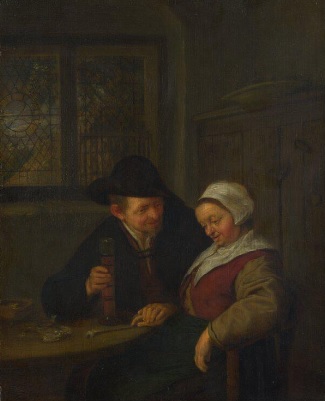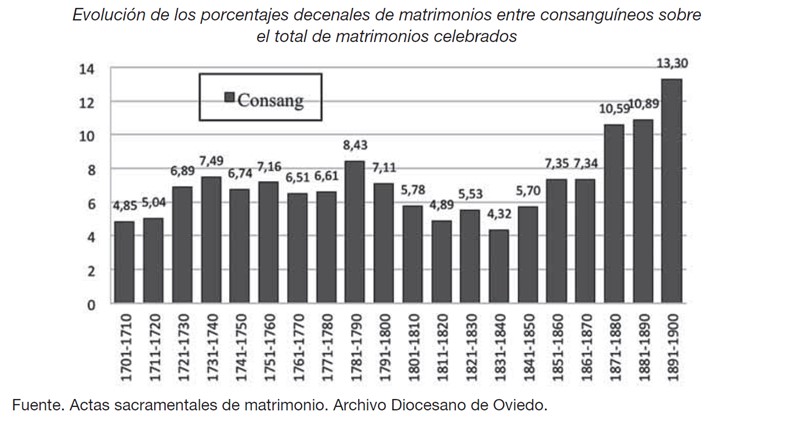
In the Modern Age, a tariff could be understood as a monetary levy on passing through specific customs offices, or as the price at which goods were to be sold, and in our case, the general tariff referred to here refers to the latter concept. In our case, the general tariff referred to here refers to the latter concept. How many types of tariffs were there? There were two types of tariffs: specific, for each specific shop, and general, for each population centre. The latter served to establish a general framework of prices and positions of the shops in the locality. They were printed weekly and variations were noted in them. The products subject to this type of control ranged from vegetables, butter and meat to brooms. The marked prices could not be exceeded by the shops under their jurisdiction; otherwise, they were threatened with a penalty “in proportion to their excess”.
Collection: Images
Project: 2. Social and economic impact of technological revolutions in Europe.
Chronology: XVIII
Scope: Secondary Education, Baccalaureate, University
Link: https://revistas.ucm.es/index.php/CHMO/article/view/56663/51231
Resource type: Image
Format: Printed
Source: Archivo Municipal de Toledo, Fondo Histórico, caja 55, en García Ruipérez, Mariano (2017). “Fuentes para el estudio de los precios de los alimentos en los archivos municipales españoles en la Edad Moderna: los libros del juzgado de fieles ejecutores de la ciudad de Toledo”, en Cuadernos de Historia Moderna, vol. 42, nº 1, p. 285.
Language: Spanish
Date: 1795
Owner: Pablo Ballesta Fernández (Modernalia)
Copyright: © Mariano García Ruipérez © Cuadernos de Historia Moderna
Abstract: Local economy. Document of the general tariff of prices in Madrid during the week of 20 to 26 July 1795.
Tags







